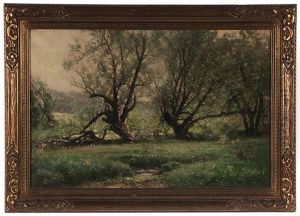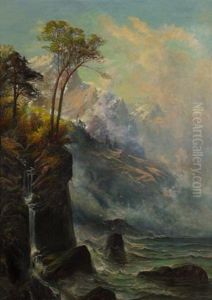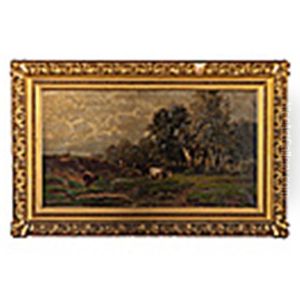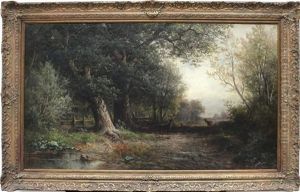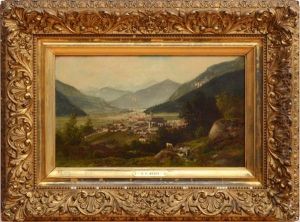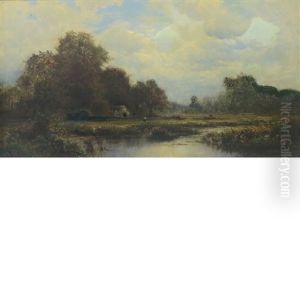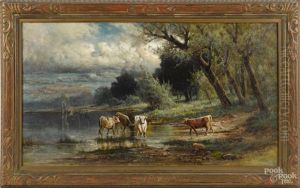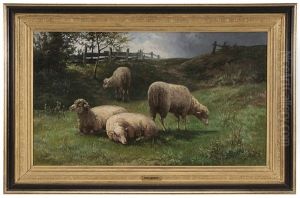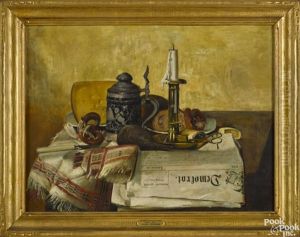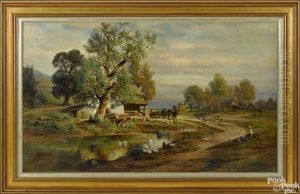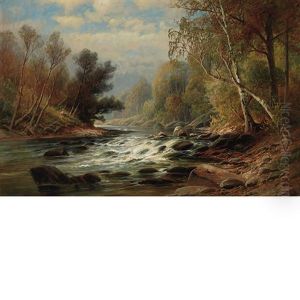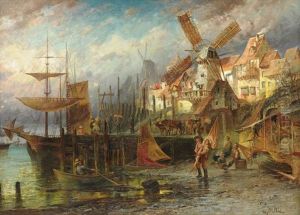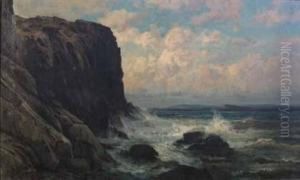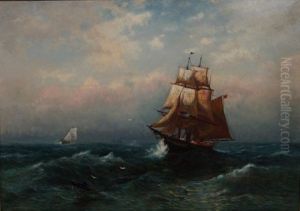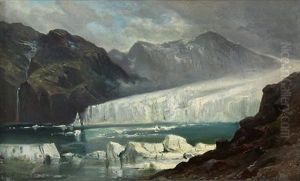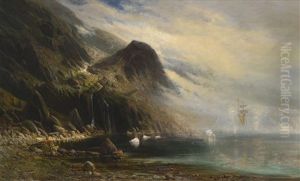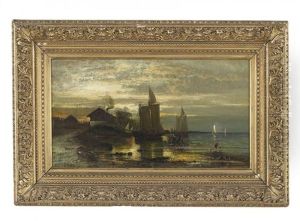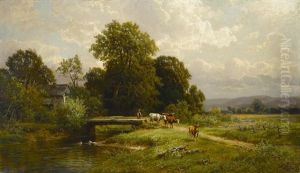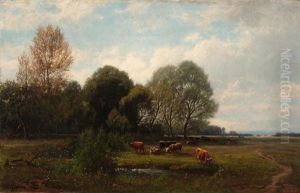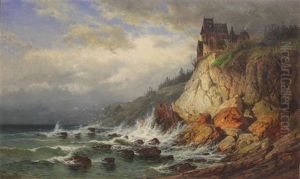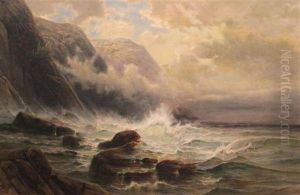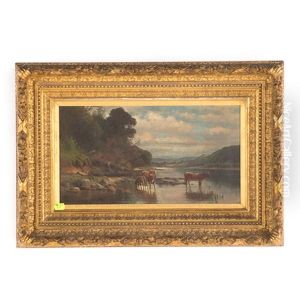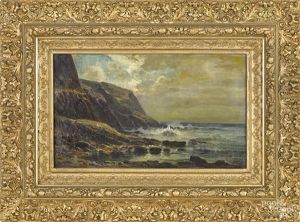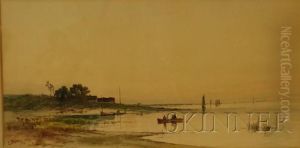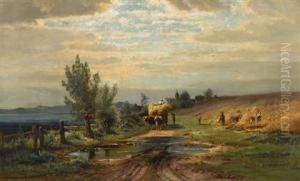Carl Philipp Weber Paintings
Carl Philipp Weber, not to be confused with Carl Weber (the German composer), was a German-American artist known for his landscape paintings. Born on November 30, 1849, in Darmstadt, Germany, Weber came from a family with artistic roots; his uncle was the painter Paul Weber. Carl Philipp Weber showed promise in art from a young age and received training in his native country before emigrating to the United States.
Weber settled in Philadelphia, Pennsylvania, where he became an integral part of the local art scene. He continued to develop his skills and was influenced by the Hudson River School, a mid-19th century American art movement embodied by a group of landscape painters who were inspired by romanticism. Their works typically depicted the Hudson River Valley and the surrounding area, including the Catskill, Adirondack, and the White Mountains. Weber's work often reflected a similar aesthetic, characterized by meticulous attention to detail and a reverence for the natural landscape.
In addition to landscapes, Weber was also known for marine scenes and occasionally genre paintings. His works were exhibited at various institutions, including the Pennsylvania Academy of the Fine Arts, the Boston Art Club, and the Art Institute of Chicago. His paintings were well received, and he gained a reputation for his serene and idyllic landscapes, which often featured pastoral scenes, tranquil bodies of water, and bucolic countryside settings.
Weber's artistic career spanned several decades, and he continued to paint until his later years. His works are now part of several museum collections and are appreciated for their contribution to the American landscape painting tradition. Carl Philipp Weber passed away on May 6, 1922, in Philadelphia, leaving behind a legacy as a significant figure in the American art scene of the late 19th and early 20th centuries.
